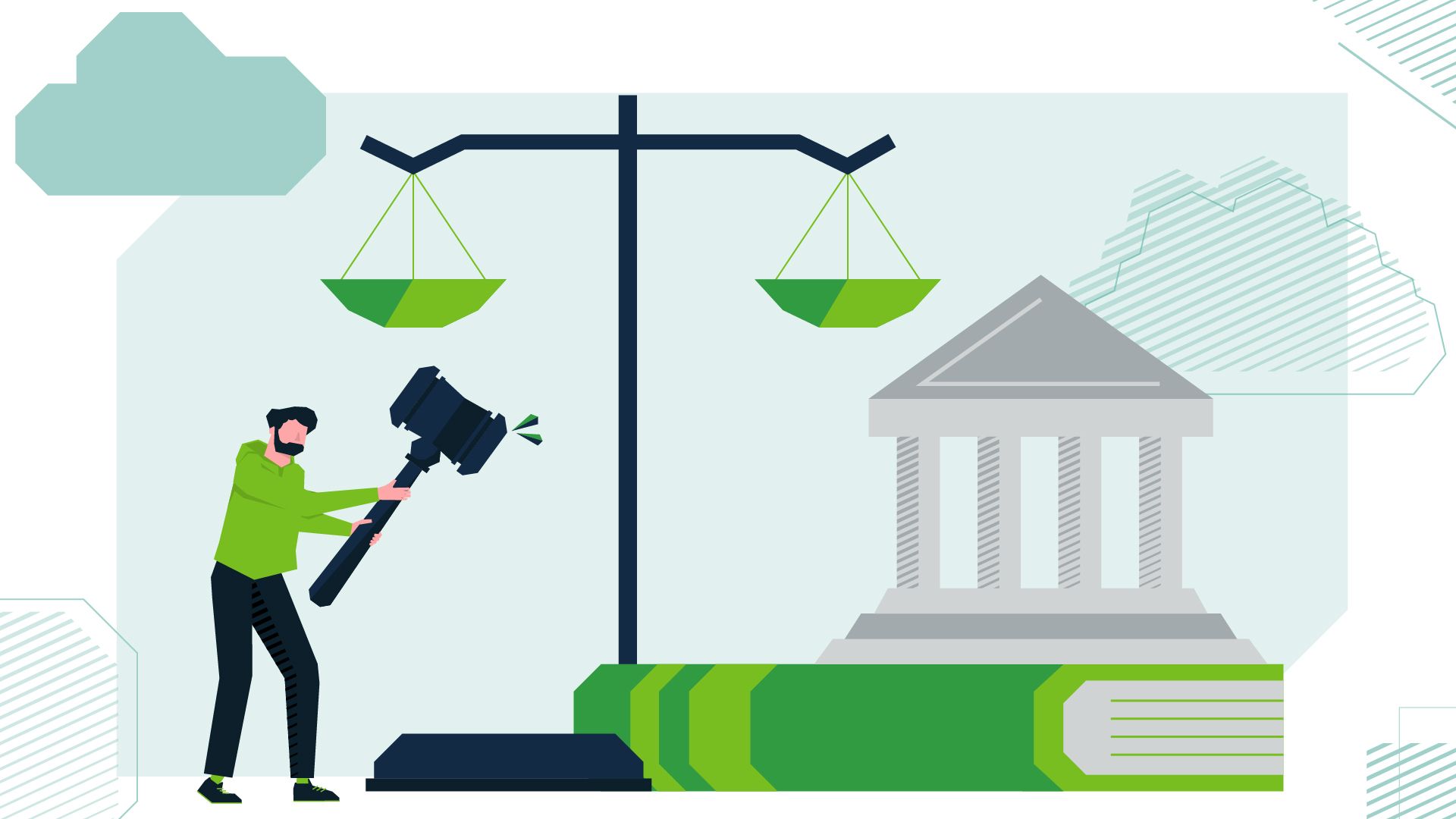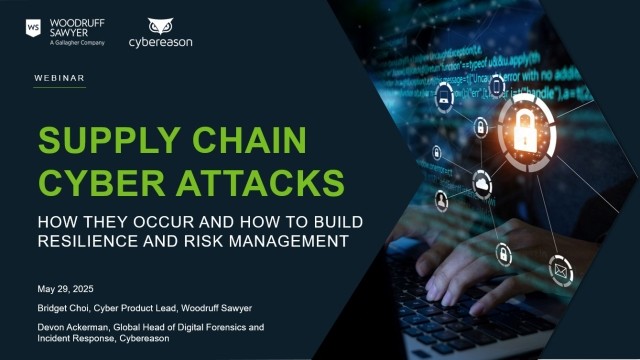Blog
The Supreme Court's Section 230 Decisions: A Win for Tech Companies
Should tech companies be liable for the content their users post? They haven’t been, and after two Supreme Court decisions on May 18, they'll continue not to be liable—a major win for tech companies.
Two cases against tech giants YouTube and Twitter made their way to the Supreme Court, and the rulings could have changed the internet as we know it. In this blog, we'll explain Section 230, the two cases in question, and how the Supreme Court decisions affect the cyber insurance industry.
What Is Section 230 and Why Does It Matter?
Section 230 of the Communications Decency Act of 1996 provides a shield for tech companies from liability for what is said on their platforms. Sites like YouTube, Twitter, Facebook, TikTok, Yelp, etc., rely on user-generated content and they aren't liable for what their millions of users post.
Section 230 states: "No provider or user of an interactive computer service shall be treated as the publisher or speaker of any information provided by another information content provider."
This protects tech companies from lawsuits, essentially saying that the companies simply provide the tool by which these posts are published. Section 230 also allows companies to moderate content on their sites, such as removing content that is obscene or that violates their terms of service.
Think about the colossal number of controversial posts that users have generated that have offended others or may have led to an illegal event or incident. If these platforms don't have the protections this law provides, they can't operate as they currently do—their websites would require too much content moderation and/or they'd be flooded with lawsuits.
The Impact of the YouTube and Twitter Decisions
In separate cases, two families sued YouTube (via its parent company Google) and Twitter over the terrorism-related deaths of their family members. They alleged that the companies were liable for the deaths because they had hosted or recommended content on their websites that contributed to the terrorist attacks.
| The Supreme Court ruled that Twitter was not legally responsible for the terrorist attack and dismissed the related YouTube case. This left Section 230 intact—not narrowing its scope nor the protections it provides. |
These decisions are a huge win for the technology industry. Keeping Section 230 as-is allows the companies to continue existing as they currently do, without opening them up to significant new liabilities. Depending on the scale of the company, these liabilities could be very large.
Without Section 230, companies would likely have become more cautious about what they allow their users to post (think significant moderation/censorship), or they might have given up moderating altogether. Unmonitored sites could end up being dominated by trolls.
Potential Relief for the Tech E&O Industry
Technology company risk would have skyrocketed if Section 230 had changed, as companies would have been open to significantly more lawsuits. Hence, insurers offering tech errors and omissions (E&O) policies are likely celebrating the decisions. As a reminder, tech E&O is a specific offering for tech companies covering the failure of their products or services to perform as intended; cyber coverage is usually included in these policies.
These lawsuits were a cloud hanging over the tech E&O insurance industry—if Section 230 were changed, it could potentially lead to liabilities that would have been covered under tech E&O policies.
| Since Section 230 remains unchanged, there is hope that more insurers will get into the tech market, expanding capacity, increasing competition, and moderating the price increases we've seen in the past couple of years. |
This would be welcome news for tech companies requiring insurance. Technology E&O capacity has been constrained for some time. Legal concerns and regulatory activity around consumer privacy rights were keeping many insurance carriers on the sidelines, limiting capacity and driving tougher insurance renewals.
As noted in Woodruff Sawyer's Q1 2023 Commercial Lines Market Update, overall cyber insurance pricing came down as more carriers competed for primary and low excess placements. In fact, two-thirds of our cyber clients saw total cost decreases in the first quarter of 2023. The technology sector remains a tougher class than other cyber risks, however, and we hope the decision on Section 230 will also bring relief to our tech E&O clients.
To learn more about cyber insurance, including what's covered and what's not, check out Cyber 101: Understand the Basics of Cyber Liability Insurance. Reach out to your Woodruff Sawyer account team with specific questions about your cyber policy and coverage.
Author
Table of Contents













